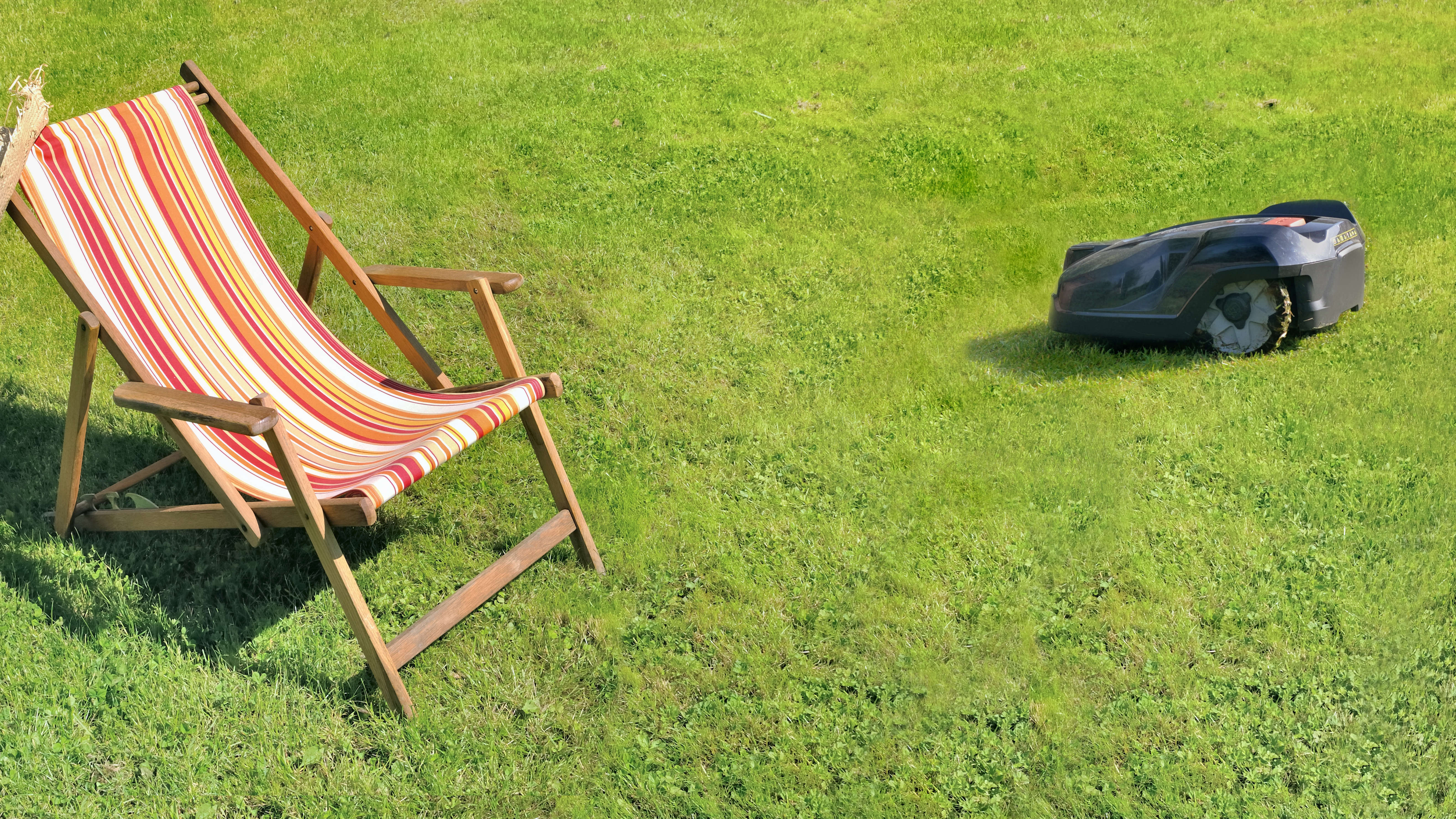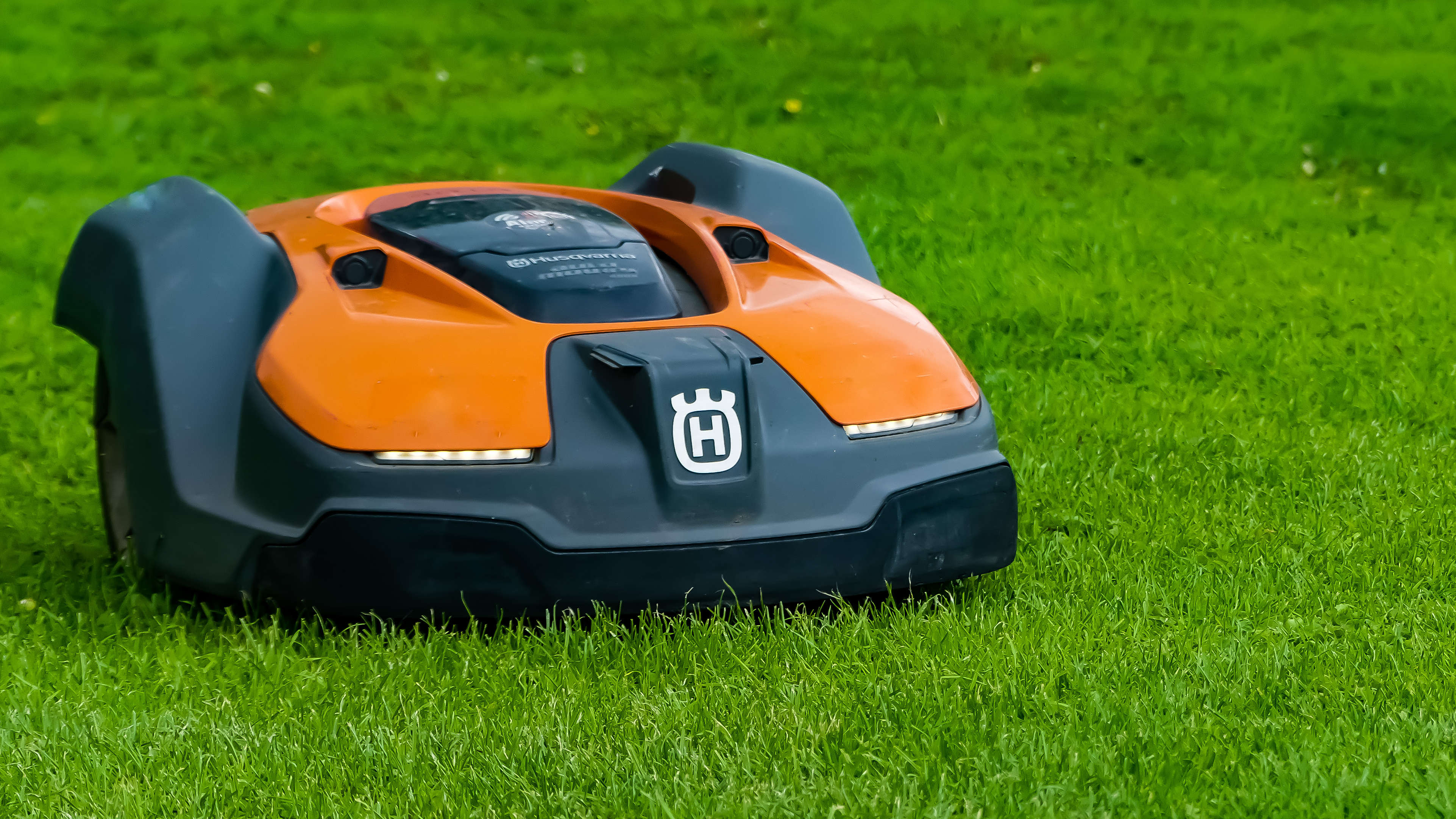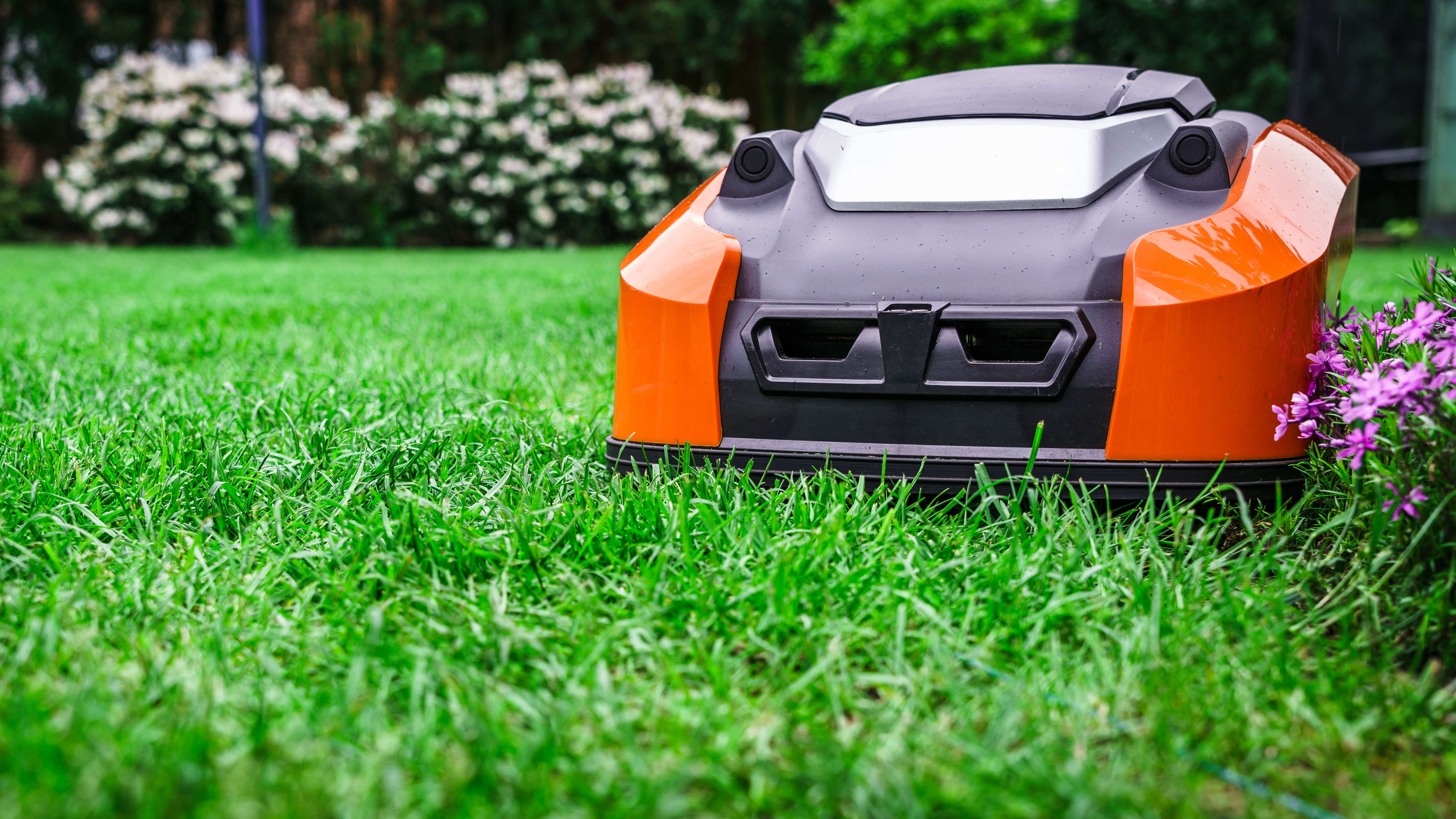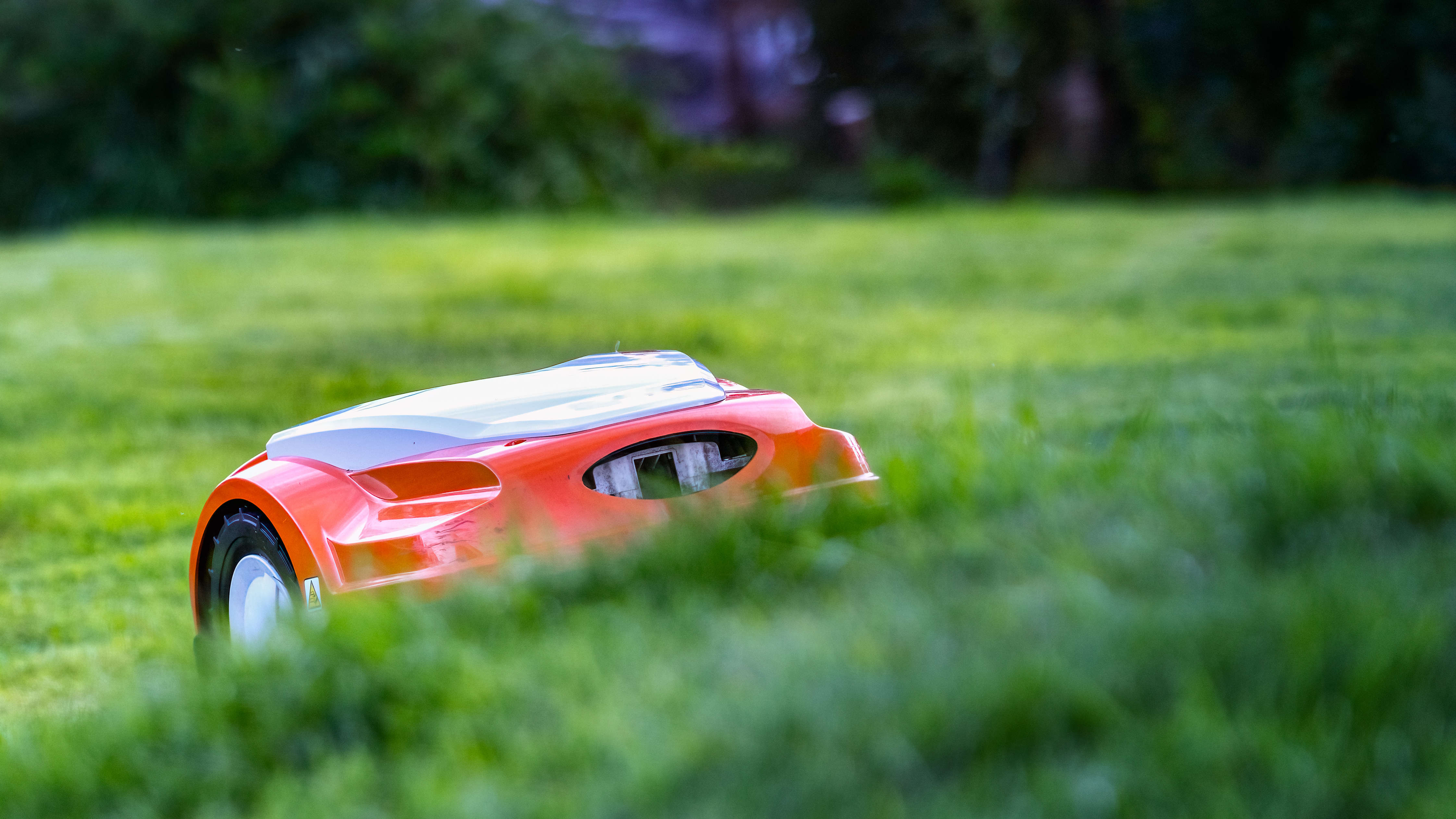
Love it or loathe it, mowing your grass is one seasonal task that can’t be avoided if you like a neat lawn. It can be a tedious chore that cuts into your schedule when you’d prefer to be doing something else.
Robot lawn mowers give you back your precious time, save you from breaking into a sweat in the sun, and provide you with a lawn to be proud of.
It all sounds perfect, but there is a major drawback. Robot lawn mowers come with a hefty price tag. We weigh up what the future looks like for robot lawn mowers in 2024, ask if they are up to the task and whether homeowners should splurge.
Robot lawn mowers: Price is a barrier
Unlike their counterparts, robot vacuums, robot lawn mowers can’t compete on price, making them more inaccessible. In comparison, our best budget robot vacuum – the iLife V3s pro – featured in our best robot vacuum buying guide comes in at under $80. In contrast, an entry-level robot lawn mower will set you back in the region of $1,500.
A robot vacuum could be considered an impulse purchase, whereas a robot lawn mower needs more thought. And if you thought an entry-level robot lawn mower was pricey, a top-of-the-range model with GPS tracking will set you back $6,000. It’s a steep price to pay for a neat lawn, which would easily cover the cost of a ride-on mower.
When you break down the price, it’s cheaper to call a lawn maintenance service to do the job for you. Paying $40 a week over 26 weeks, will cost $1,040, less than an entry-level model. However, if you do opt for a budget mower, you will still make a return within two seasons.
Buy or lease
With a steep cost, one choice is to lease a robot lawn mower from a company such as Automow – giving you the option to try before you buy.
Lack of competition

Having tested various robot lawn mowers for Tom’s Guide, including the Husqvarna Automower 450XH EPOS, senior editor John Velasco believes the high price is partly due to a lack of competition. Husqvarna is the dominant brand in the market, with few other companies making a mark, apart from Ambrogio, Worx and Robomow.
So, while other manufacturers play catch-up, prices will stay high due to a lack of competition. But as more companies enter the marketplace, we would expect costs to become more competitive and affordable. We’ll have to wait and see how this pans out in 2024.
Robot lawn mowers: Wired or wireless?

Robot lawn mowers have traditionally struggled in terms of object recognition – crashing against garden furniture or tumbling into flower beds. Identifying boundaries and obstacles has been an issue.
Having tested his first robot lawn mower five years ago, John says they have greatly improved, especially in terms of maneuverability. And the latest robot lawn mowers now feature GPS technology, eliminating the timely task of marking out your boundaries with sensors.
Although wireless units mean you won’t have to stake out a boundary, they come at a premium price. And if your yard is shaded by trees, or objects that will interfere with the GPS sight line, you might be best to stick with a wired unit.
Wired robot lawn mowers require a perimeter wire to work. You can install this yourself, by placing the wires close to the ground, but you’ll find the wires quickly become covered in grass. The alternative is to ask a professional to set up the boundary wires for you. They’ll insert them into the ground between 3 to 4 inches deep.
Just like a robot vacuum, wired mowers move around a defined space and use the sensors to stop and redirect them when they collide with an object. However, they move around randomly, rather than wireless units that mow in straight lines. If you desire a striped or checkerboard pattern on your lawn, you’ll need to invest in a wireless mower.
So apart from how the boundaries are detected, how do the two mowers differ? The difference is a system that connects to your phone through Bluetooth or pricier versions that connect through a cellular service and are equipped with GPS mapping technology.
What about the edges?

You won’t be left entirely without any work to do. Robot lawn mowers may cut your grass but they don’t trim the edges of your lawn for that perfect finish. The blades on the mower are set back from the outer casing and even though the mower will reach the boundary, the blades will fall a little short. John Velasco says he trims the edges of his lawn every couple of weeks to keep it looking neat.
Can a robot lawn mower handle steep inclines?

If your yard has very steep inclines, you may find a goat is a better option than a robot lawn mower. Most robotic lawn mowers, especially if they have a powerful motor, can handle 35% inclines.
But what about those bumps and ruts? If you are in the market for a neat lawn, you’ve probably already filled in any challenging ruts to create an even surface, and your mower won’t need to negotiate any awkward holes. However, if you have a playful dog that likes to bury bones, you're best to choose a model with all-wheel drive, as it will cope with holes better than a two-wheel model.
Some robot lawn mowers can also be programmed to avoid any challenging areas, although, once again, this feature will add to the price.
Are the batteries up to the task?
Battery capacity could be an issue if you have a large lawn. If this is the case, the best option is to go for a robot lawn mower with large battery capacity. This will save the mower having to return to the base station to recharge during each cut. If your lawn is on the small to medium size a lower cost mower will be adequate.
What happens to the grass clippings?
Robot lawn mowers are designed to mow grass every day or two, and therefore only cut away a small slither of grass. In fact, the clippings are so short that you won’t notice them. This fine material is left as a mulch to nourish the soil, providing you with a healthy lawn, while eliminating the task of raking up grass cuttings.
The future of robot lawnmowers in 2024: Outlook
Robot lawn mowers have advanced over the last few years, but the cost remains high. New models are now able to mow more complex yards and have added features enabling you to control and track your mower remotely, with some even having the technology to shelter from the rain.
Investing in a robot mower is great if you have a busy lifestyle and you don’t want to be spending a couple of hours each week mowing your lawn. However, if you have a small yard and can mow your lawn without breaking into a sweat, save your money and stick to your manual or electric mower. You’ll be able to pick one up at a fraction of the cost.







